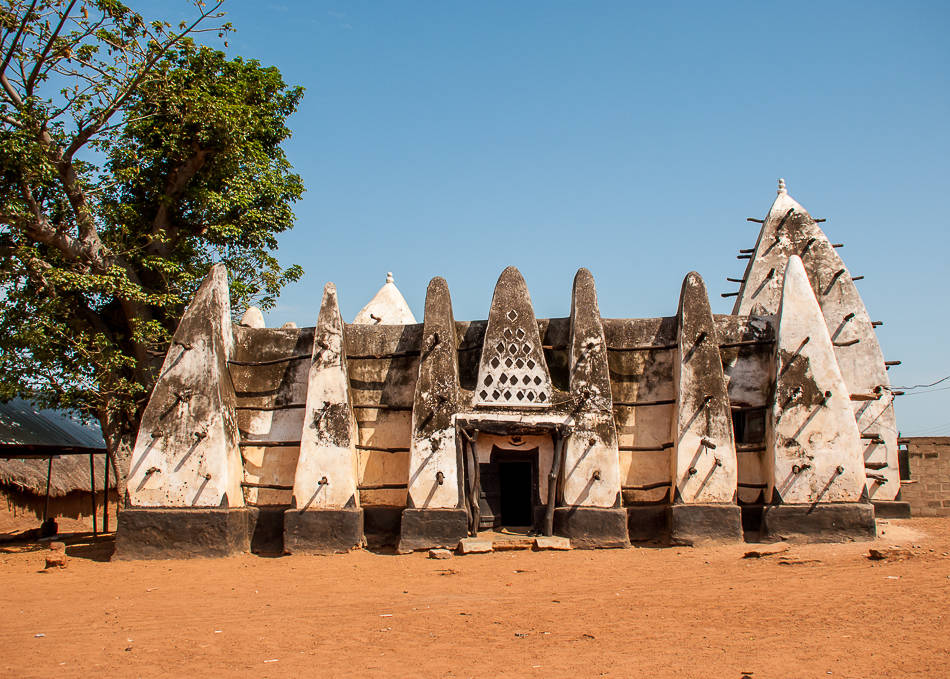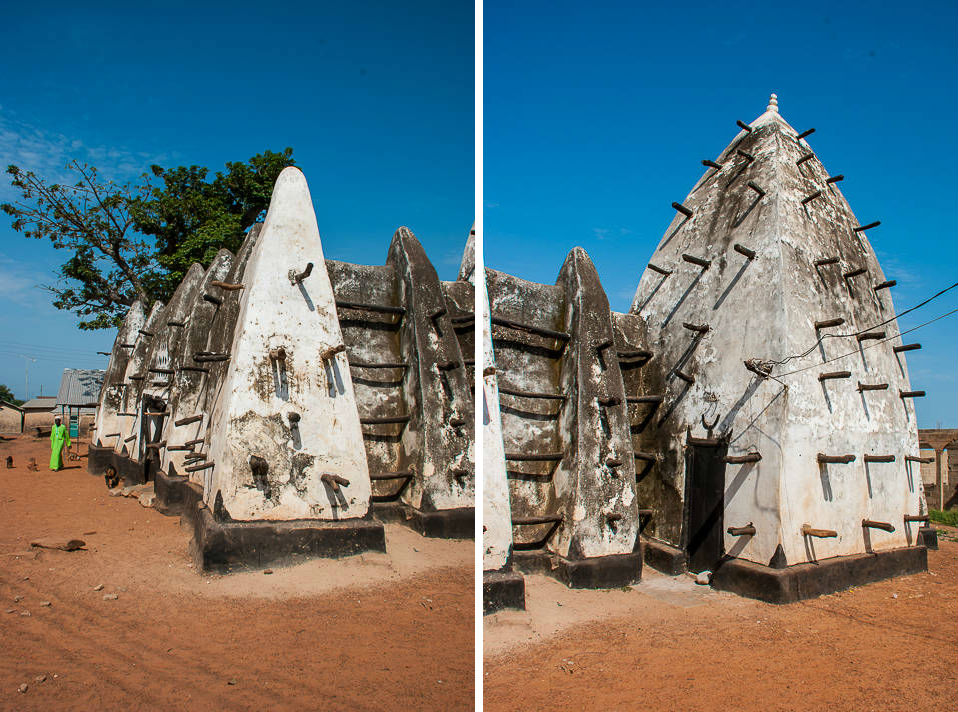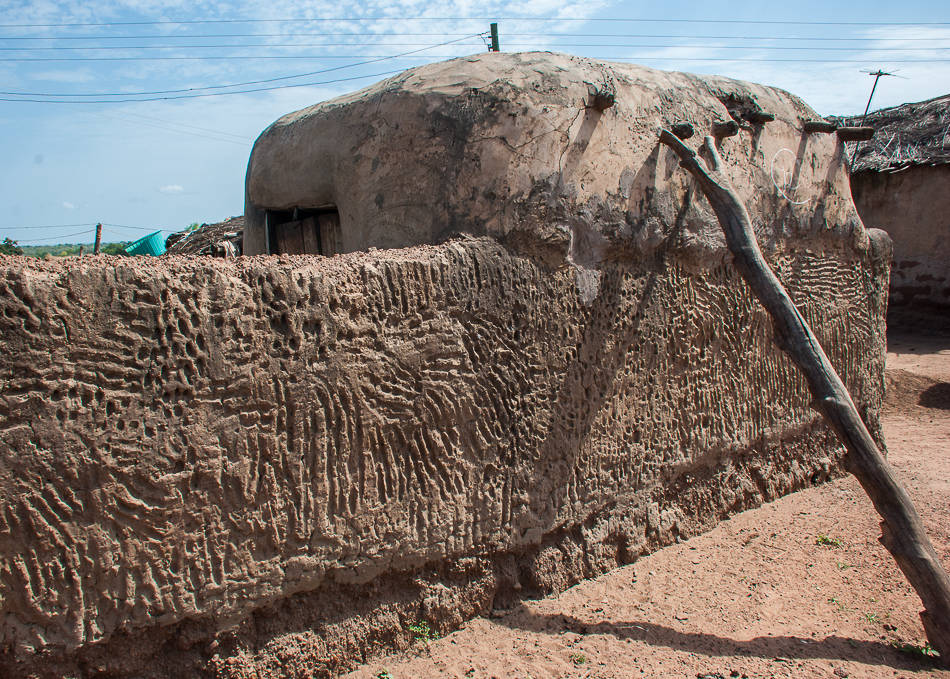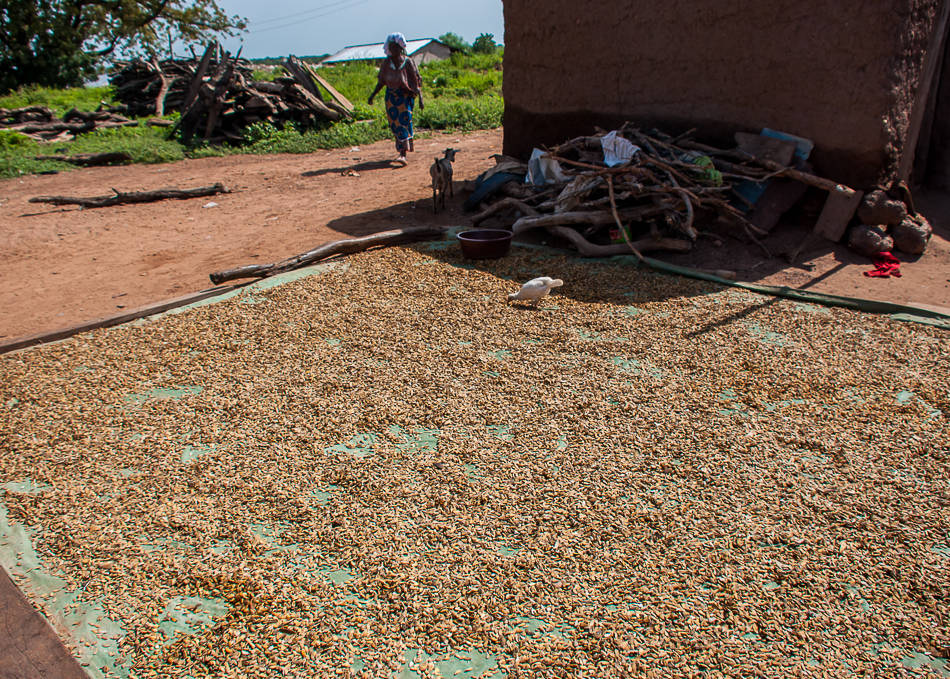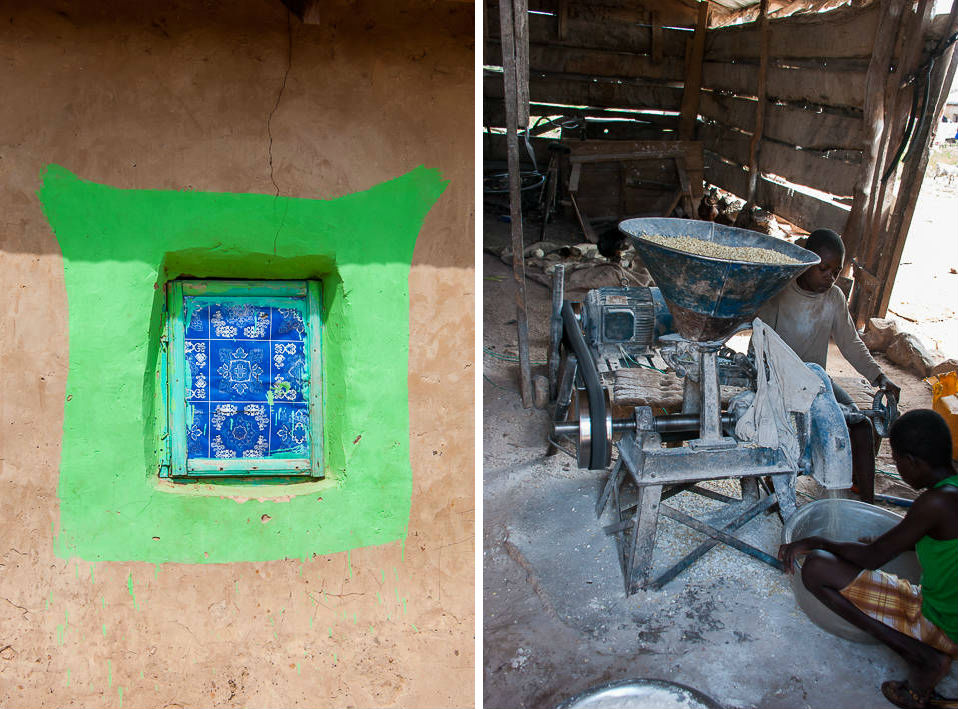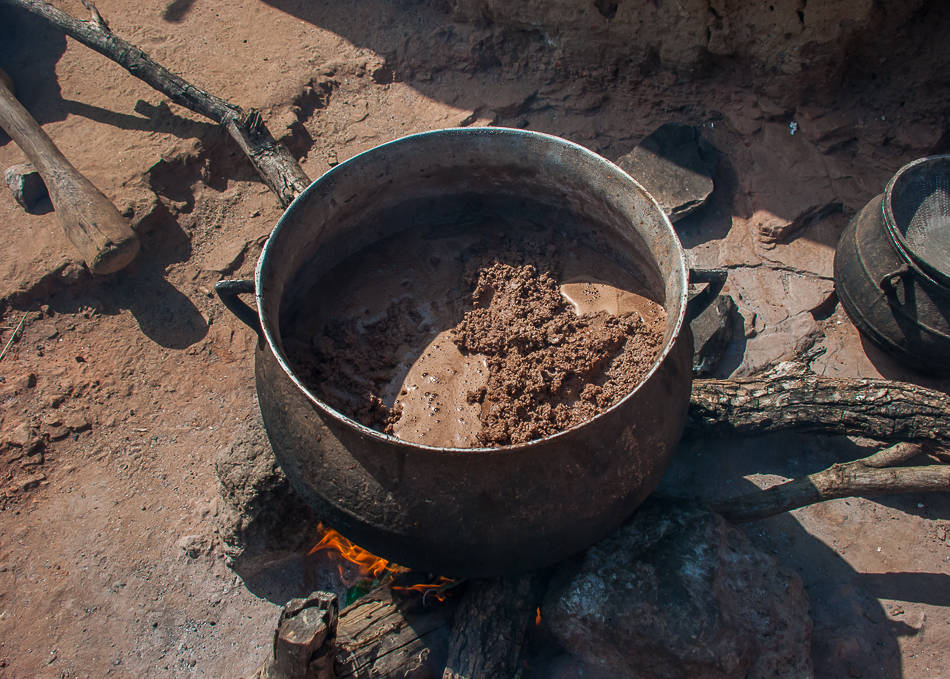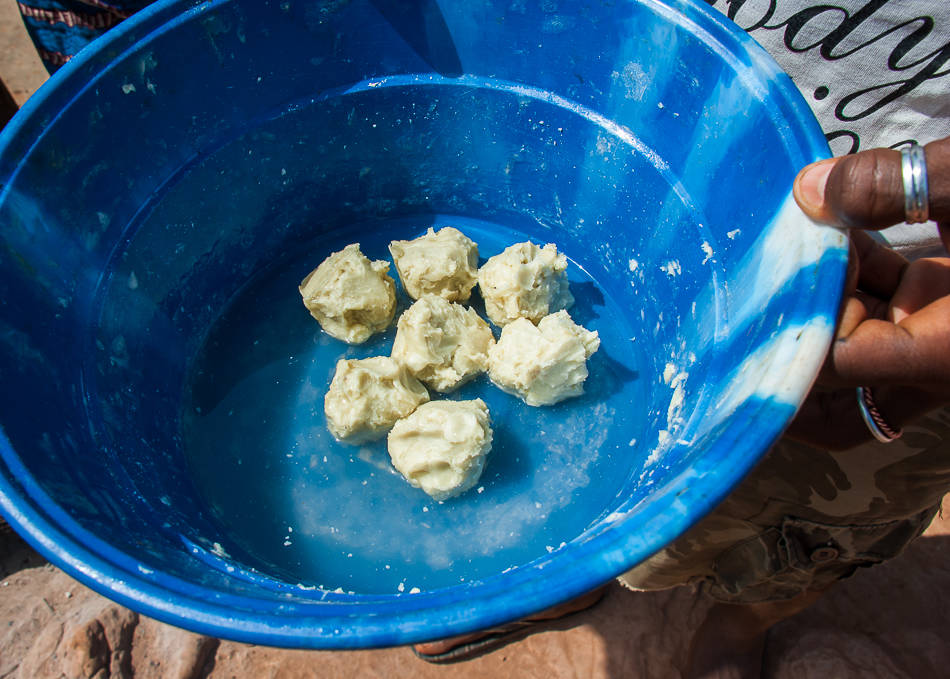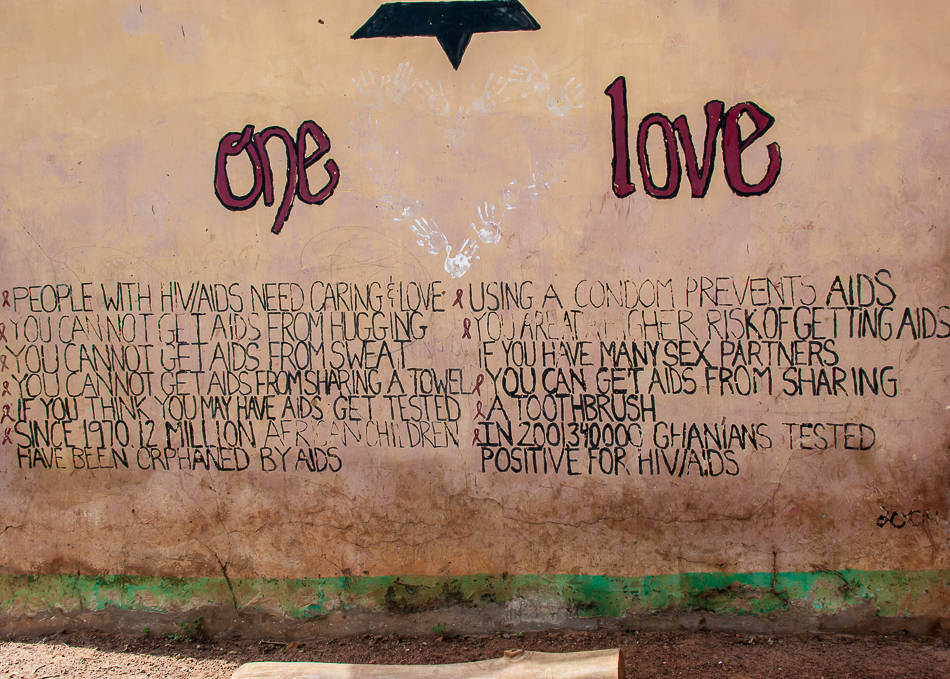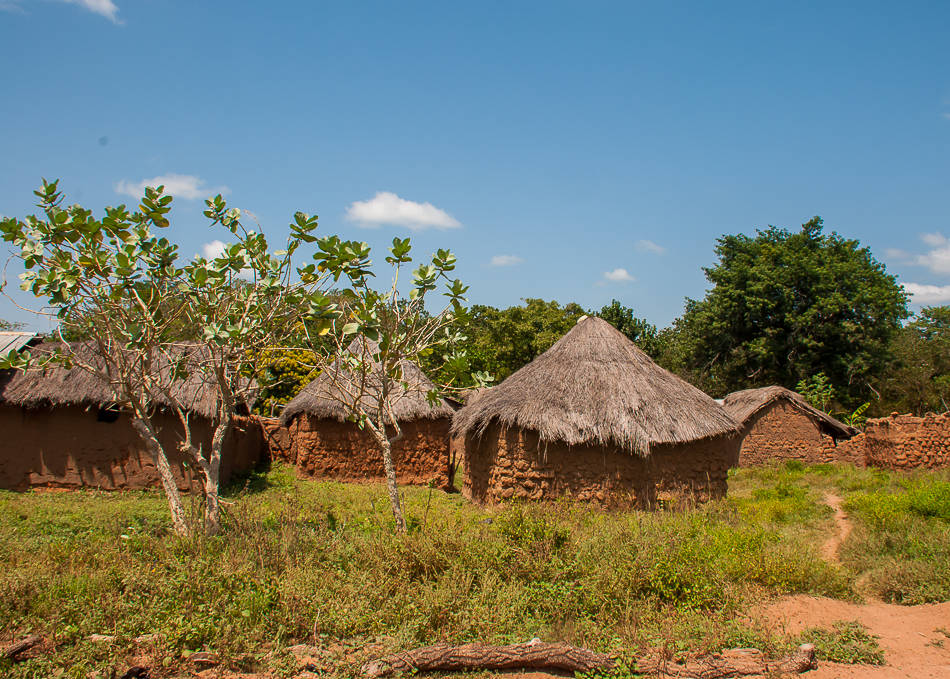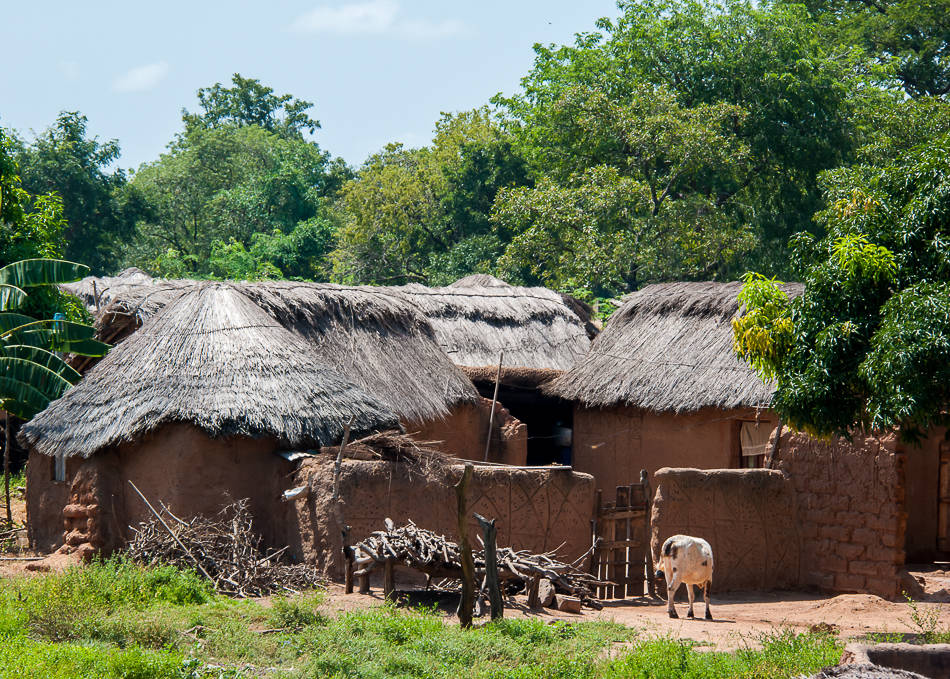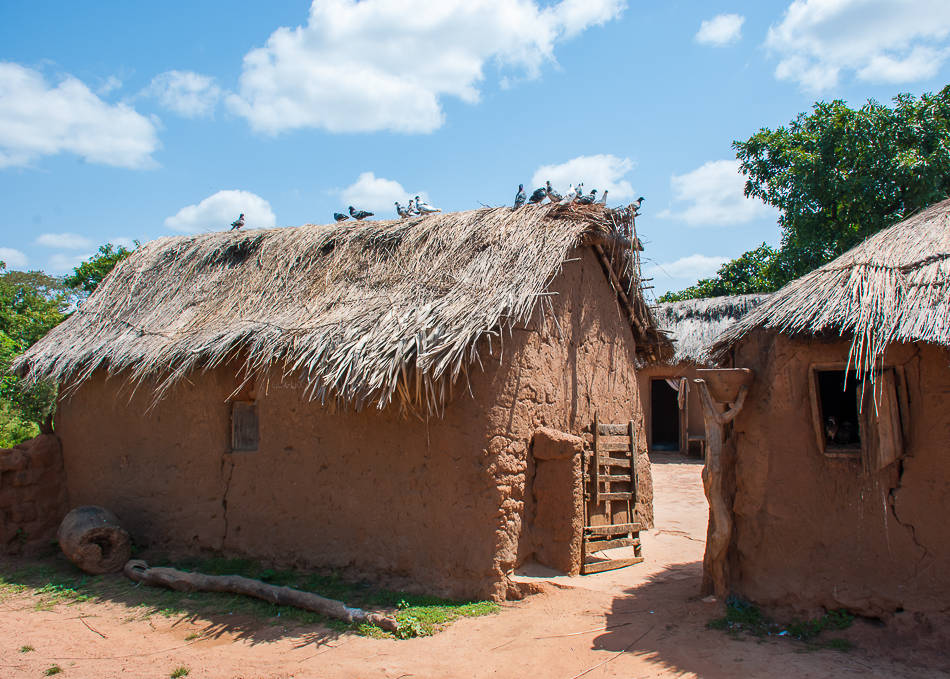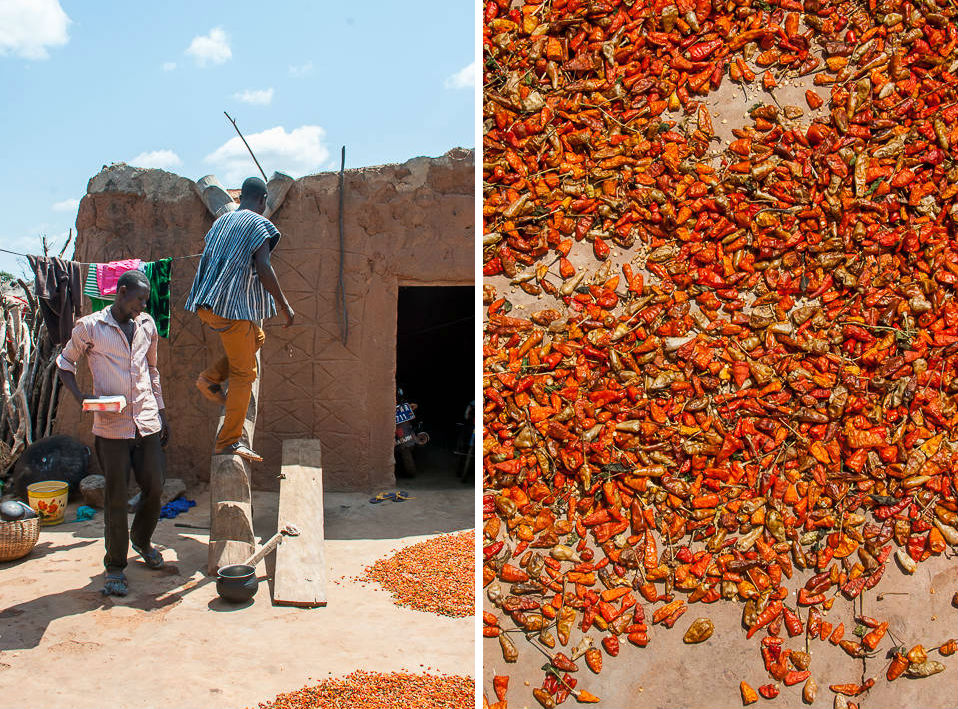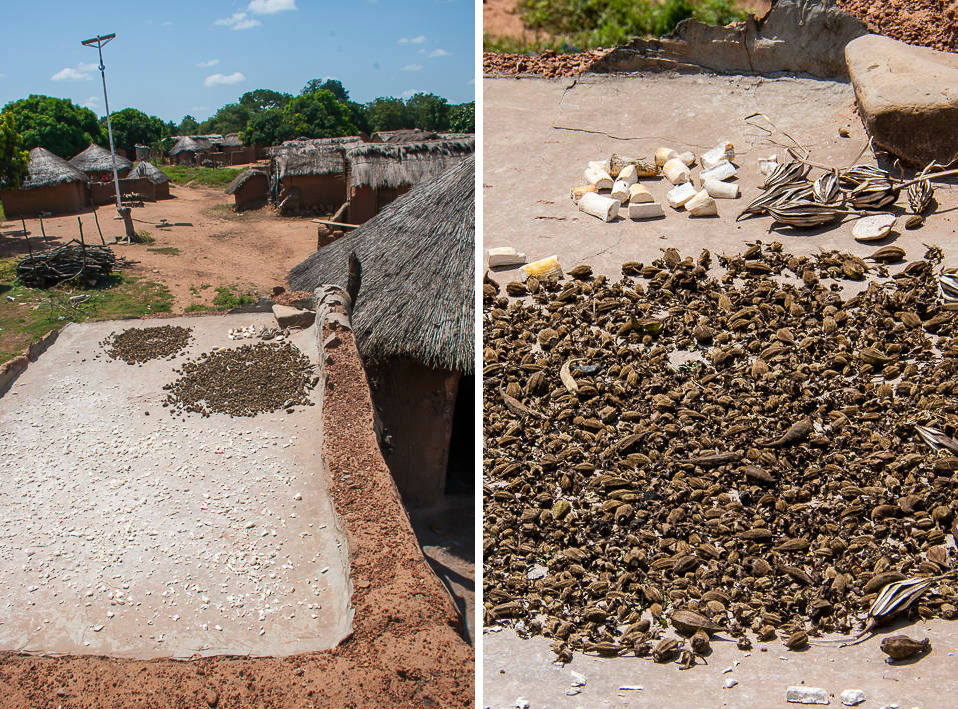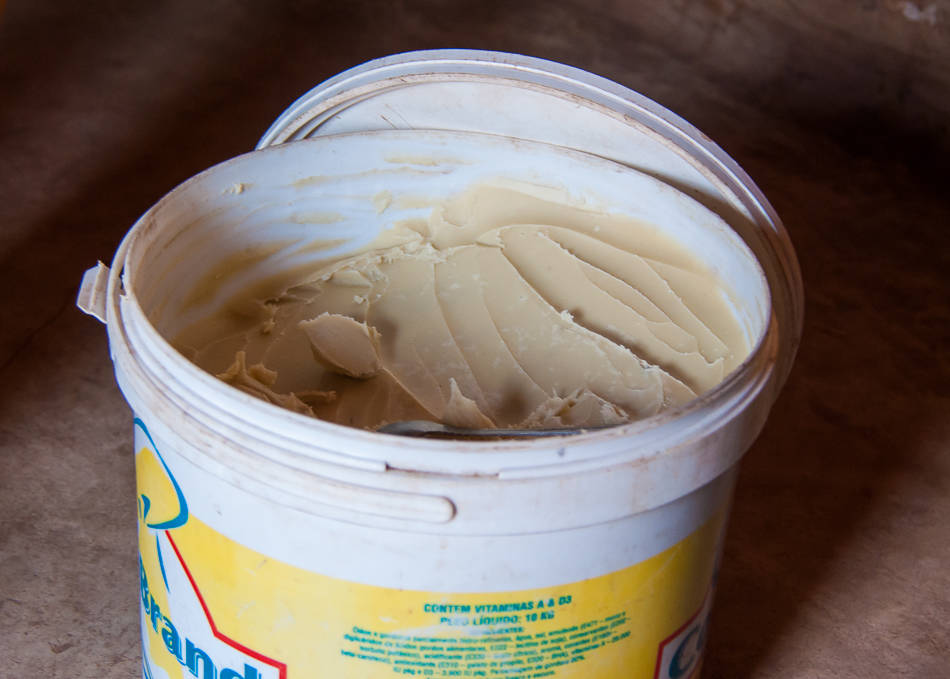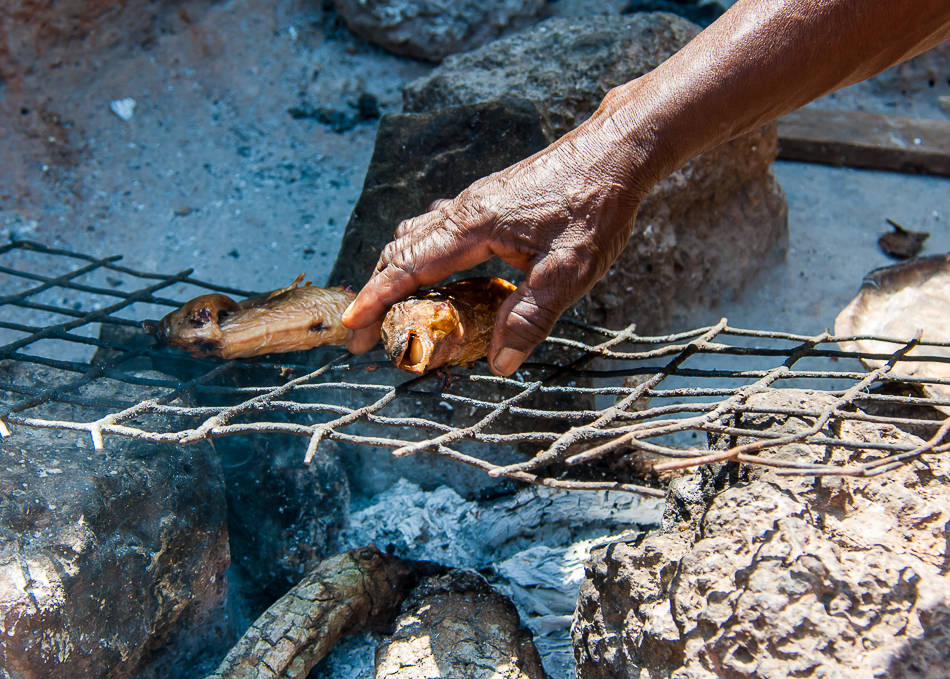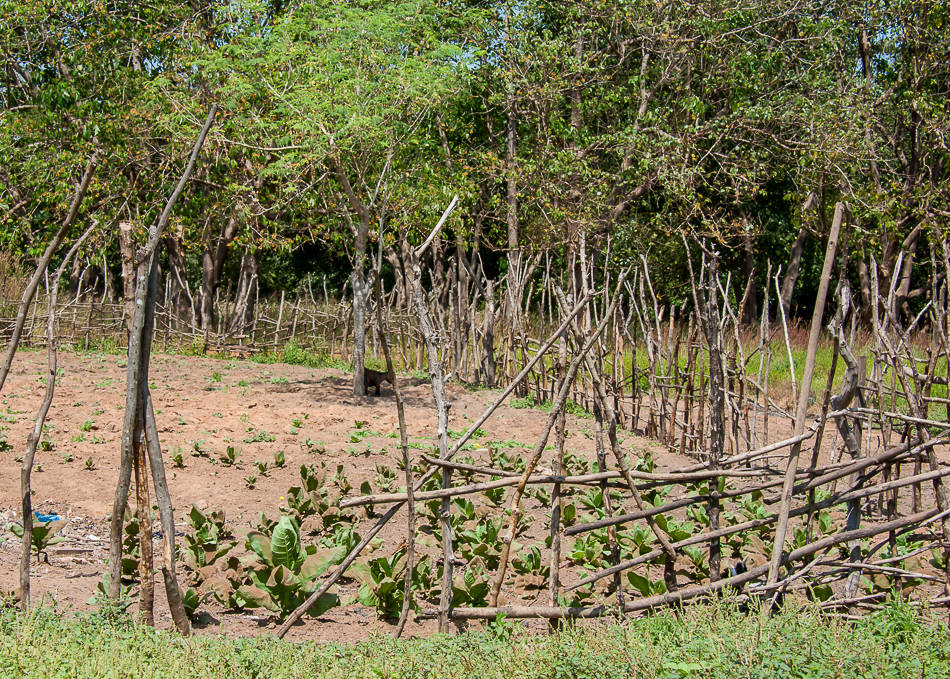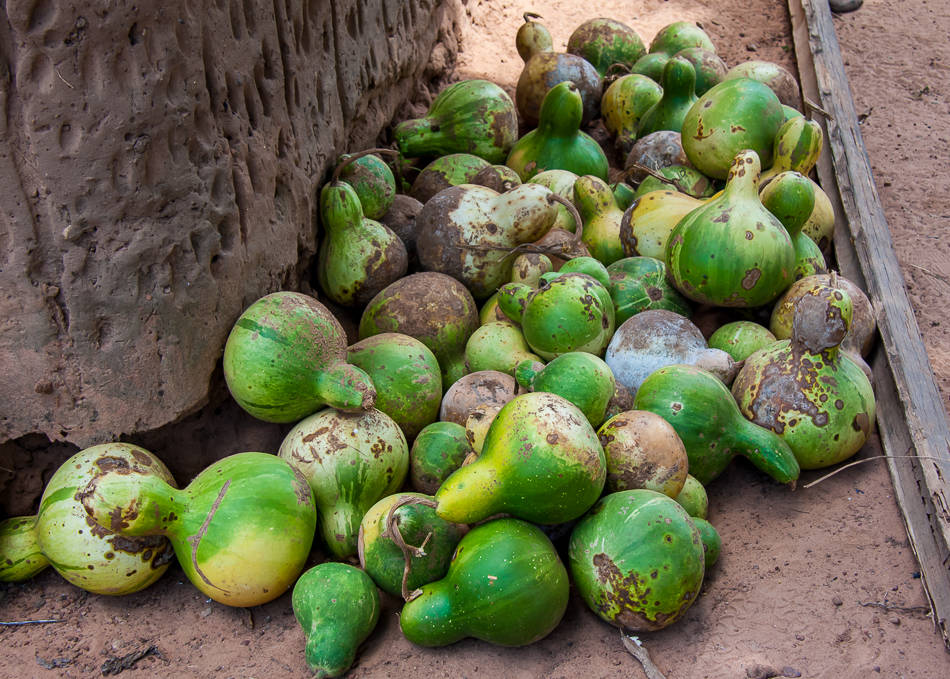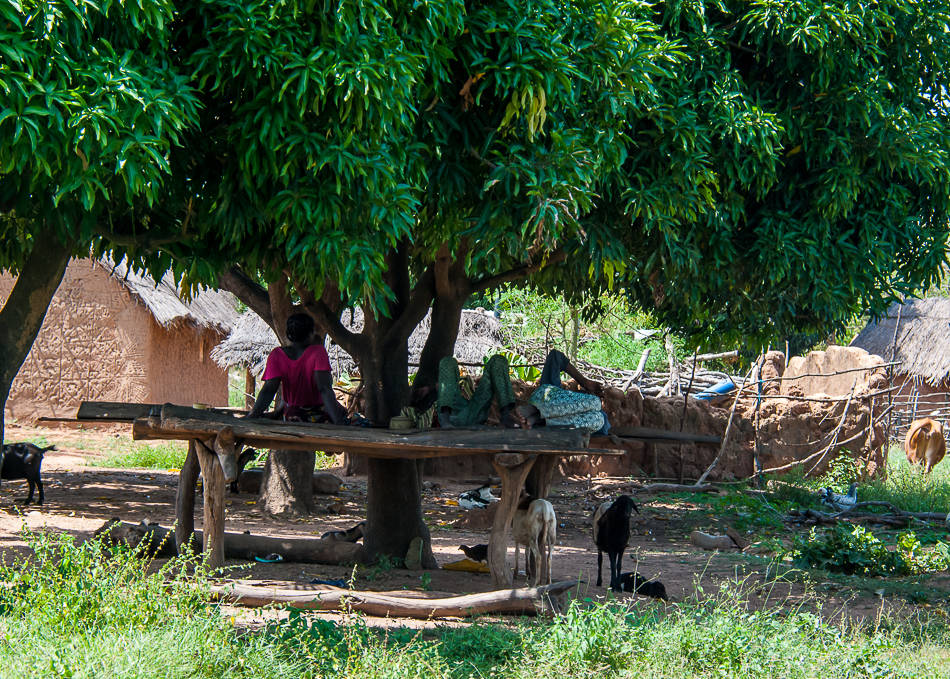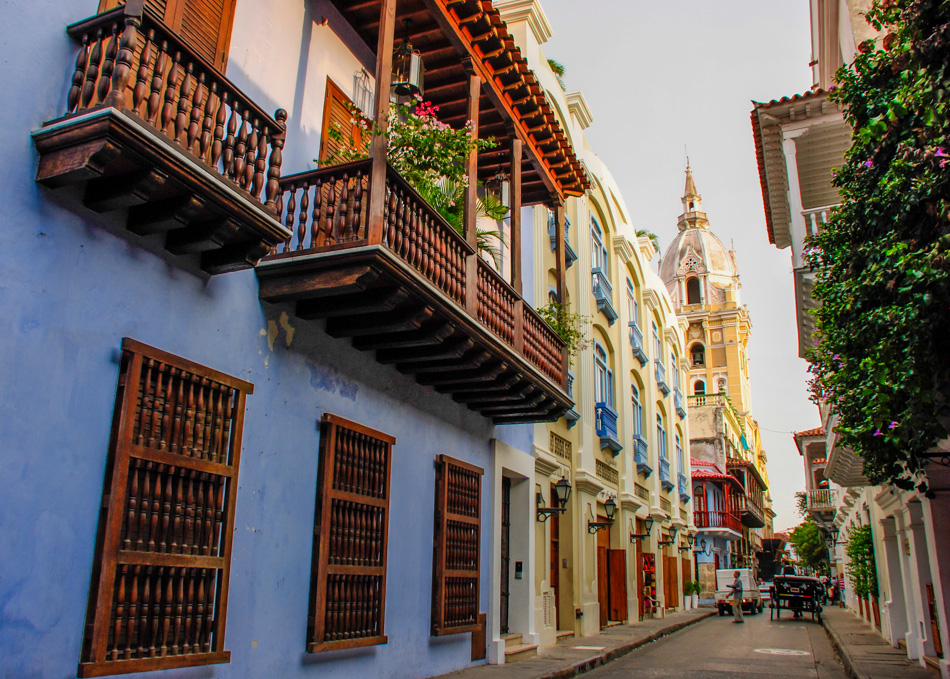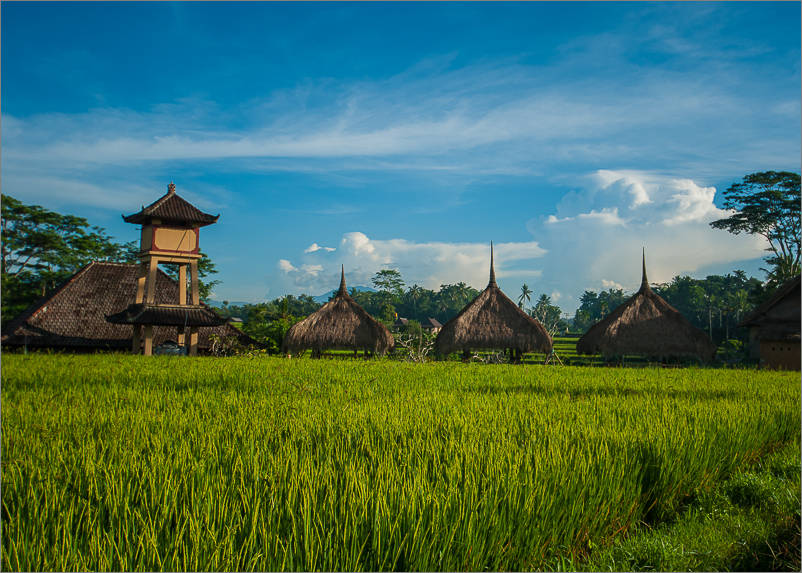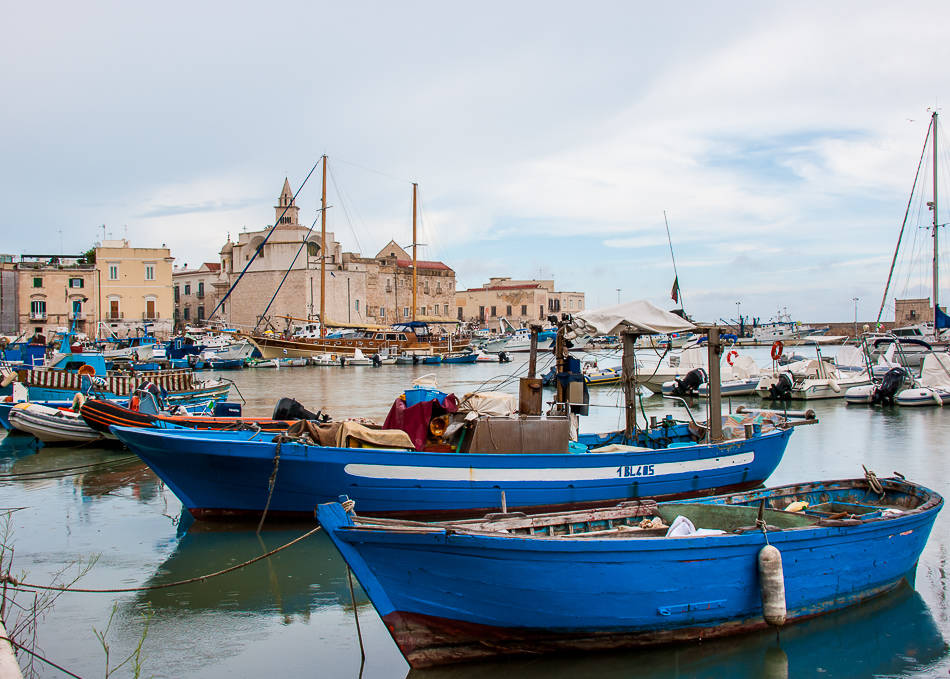Visitors to Mole National Park in Northern Ghana can combine their visit with a stop at two authentic villages near the park: Larabanga and Mognori. Larabanga is an obvious one as it lies at the junction for the park’s entrance and is where the public bus from Tamale will drop you. It’s mostly famous for hosting the oldest mosque in the country and the whole region, often referred to as the ‘Mecca of West Africa ‘.
Thought to be originally founded in 1421 (it has often been restored since), the Larabanga Mosque is built out of mud and sticks in the West-Sudanese style, a somewhat peculiar and inspiring sight.
Besides the mosque, Larabanga is a fascinating place and a volunteer guide will happily show you around so you can catch a glimpse of life in the village.
Meeting with the village chief
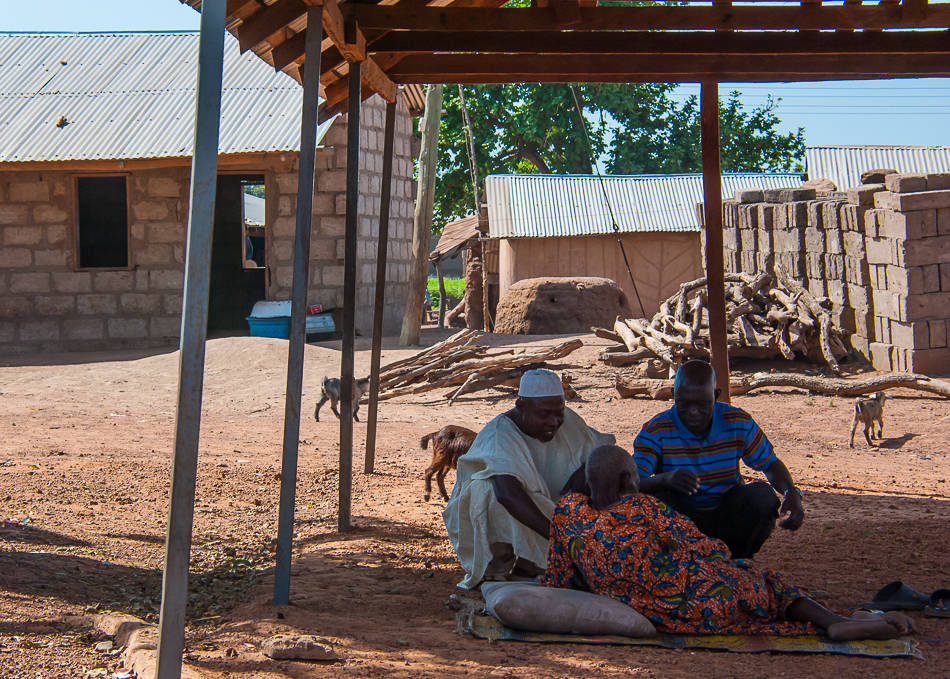
For those not venturing further north in Ghana, the village offers the most southerly accessible examples of traditional flat-roofed mud huts. The markings on the walls were their original calendars.
Ackee fruit
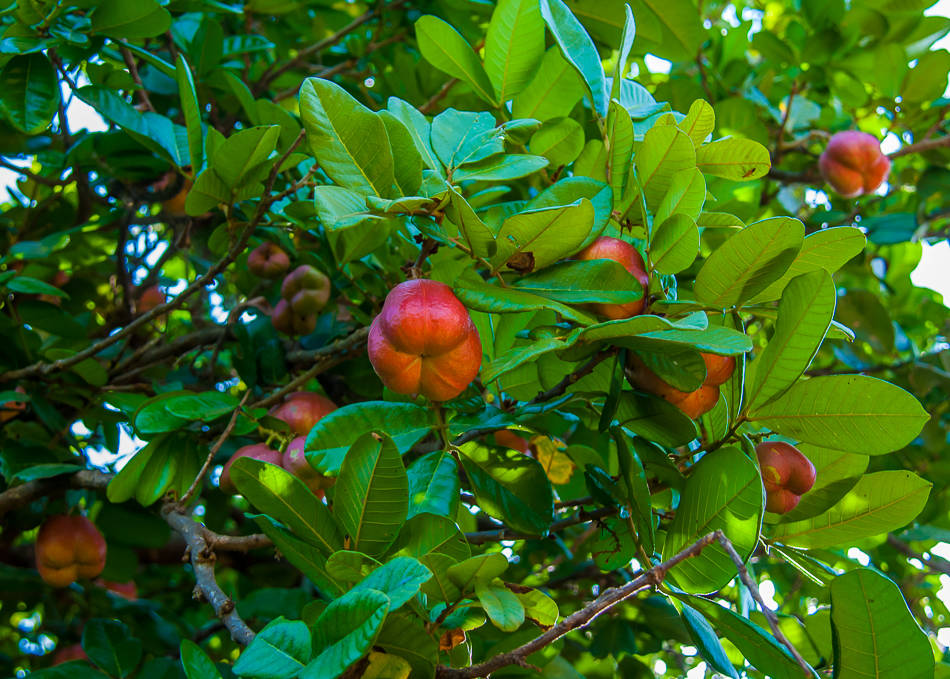
A rare decoration amongst the rustic looking mud huts & the ever present village grinding mill which is used here for grinding corn.
Boiling roasted and grounded shea nuts for the preparation of shea butter which the village sell to tourists and other markets as a source of revenue.
The butter oils which float to the top of the cauldron are collected and left to cool and solidify, resulting in the creamy and golden shea butter as the final product.
Work by a team of Canadian volunteers a while ago – an awareness message on HIV/Aids painted on a communal building.
Children from Larabanga attend school in Mole National Park.
The road from Larabanga to Mole (about 5 km) leads past the park to the small village of Mognori.
Mognori was essentially created 10 years ago to offer the local community a chance to get involved into the tourist activity surrounding the park and use the proceeds to help develop the village and better their lives.
This well-run ecotourism project is worth a visit for anyone going to Mole. Taking the village tour with one of the extremely knowledgeable guides will give you the opportunity to experience village life and how people spend their days.
A family compound is usually formed of a series of traditional mud huts surrounding a common yard.
The house for the sacred pigeons
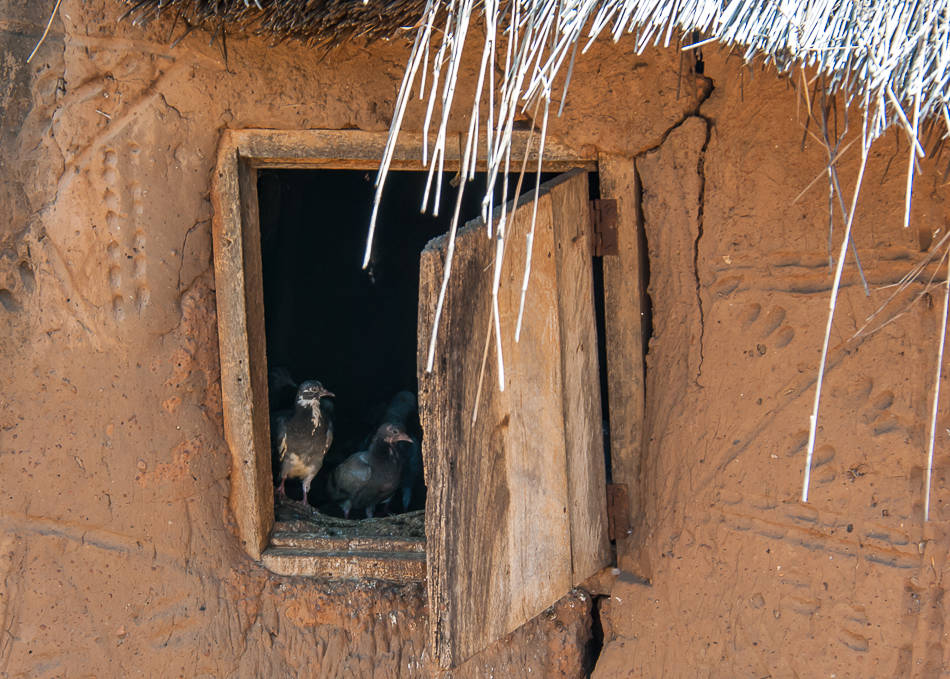
Inside a house, looking up at the ceiling made of bamboo and straw.
Playing drums is as much a way of communicating than celebrating in the village and you can get a private workshop if you’d like to learn how.
Flat-roofed huts have many uses, including sleeping on the roof when it gets too hot inside and sun-drying the crops such as chilis…
..cassava, and okra.
Shea nuts in their shells and after being cracked opened.
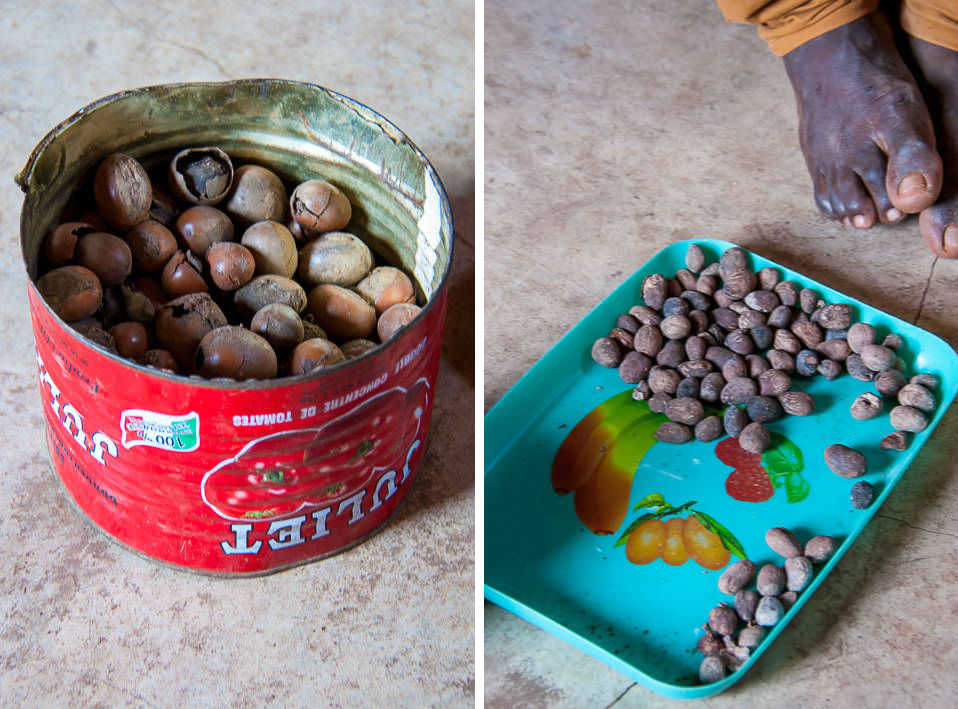
Smoking fish is the preferred way of preservation.
The village gas-powered grinding mill
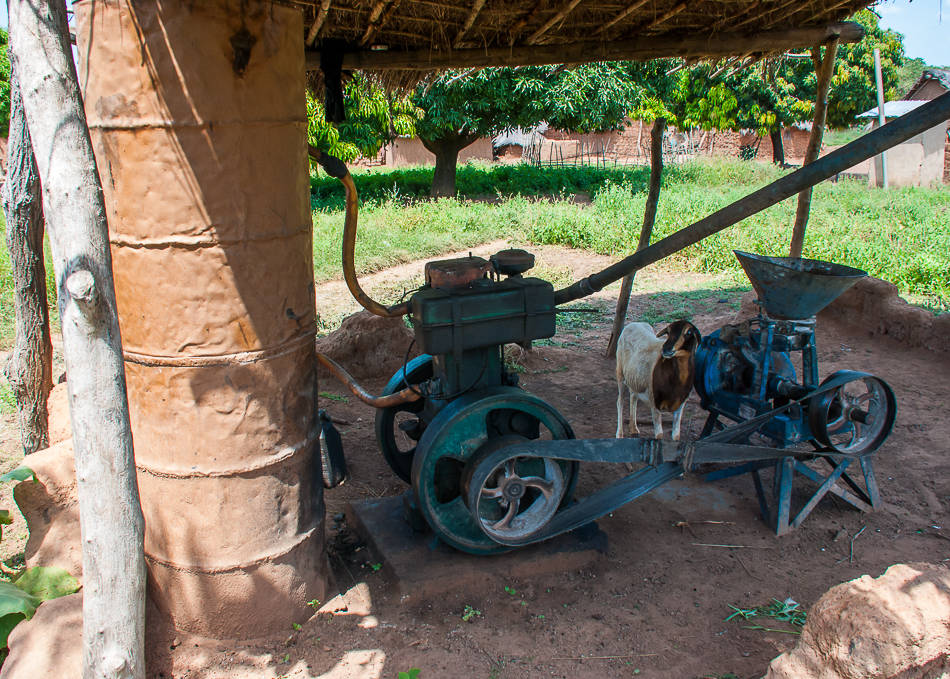
They maintain a garden and besides chilies and tomatoes also grow quite a bit of tobacco.
Small calabash are cleverly used when dried to store and sell the shea butter in an attractive container.
Cattle roam freely around the village

Giant trees are essential to offer shade from the scorching sun and an ideal place for their midday siesta.
For those wanting more than the village walk, Mognori also offers homestays in a traditional house where you’ll be fed and surely entertained by the kids! Day trips to Mole can be arranged from there so it’s a viable and authentic alternative to staying at the Mole Motel.

